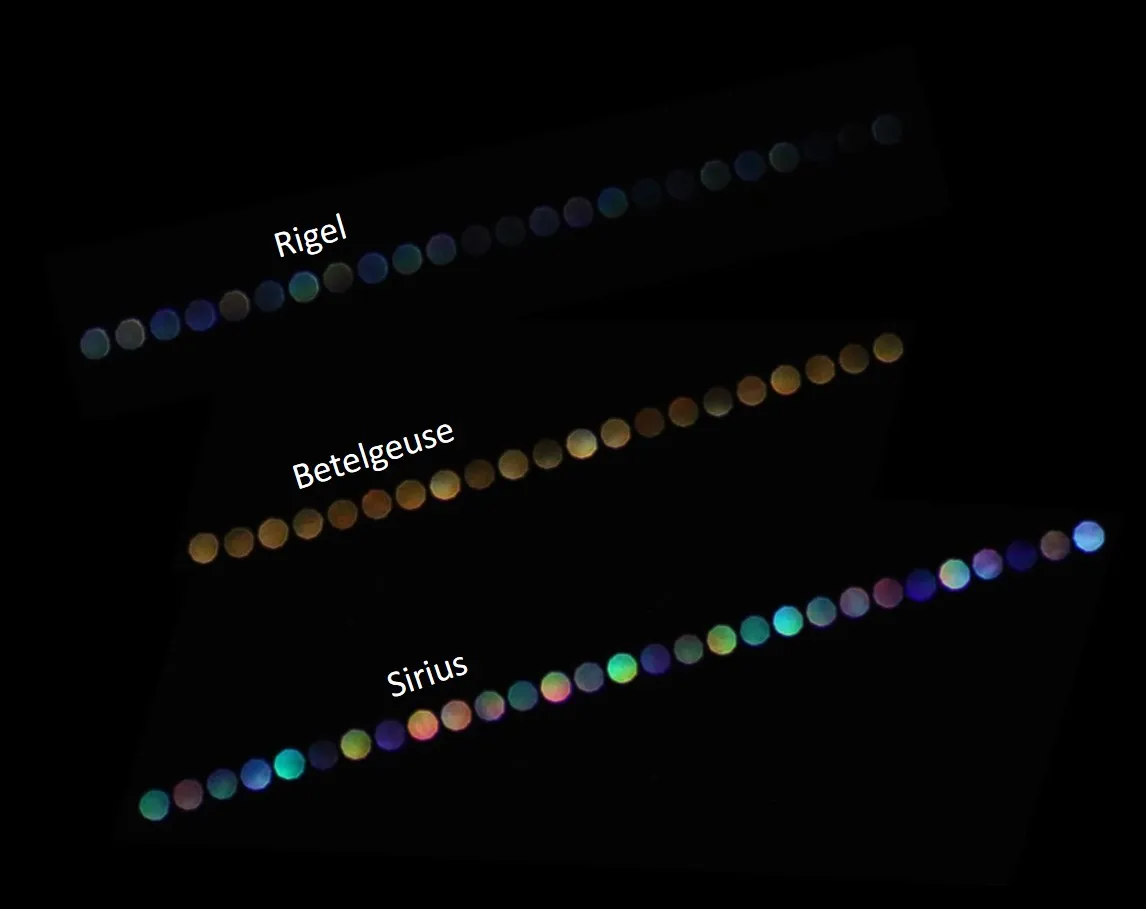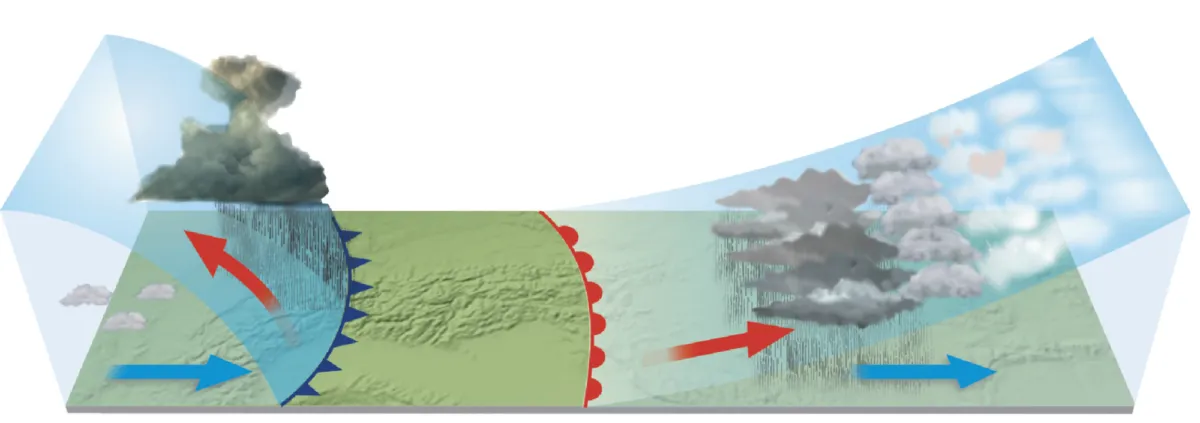If you look up at the stars on a dark night, you might notice that these bright points of light appear to twinkle.
In actual fact, stars do not actually twinkle: they just appear to do so from our perspective on Earth.
Our atmosphere reaches about 10,000km up from the surface of the Earth, and within the atmosphere air gets blown around, while hot air rises and mixes with cooler air.
Stars appear to twinkle because their light passes through our atmosphere and is bent and distorted by varying temperatures and densities of air.

There is even a scientific term for stars' twinkling, and that's 'atmospheric scintillation', which can cause stars flicker red and blue and other colours.
This is the astronomical term for those quick changes in the apparent brightness of a star (more on this in our guide to stellar magnitude) or even the colour of a star produced by atmospheric irregularities.
Similar effects are seen in the way our view of an object might be distorted by heat rising from a hot radiator or roaring fire, for example.
It is possible to capture these effects of atmospheric distortion in an image, by photographing the changing colours of a twinkling star.
For more basic stellar astrophotography, read our guide on how to photograph the stars.
Astronomical seeing

For most people, the concept of a twinkling star is quite romantic, and conjures up memories of one of the most famous nursery rhymes of all time.
But for astronomers, the effect of twinkling stars can be a nuisance as it can cause the image seen through a telescope to shake and jump around.
The extent to which astronomical objects appear to shake and jump around is known by astronomers as 'seeing'.
You will often hear practical astronomers complain about 'bad seeing' or praising 'good seeing', for example.
For more on this, read our guide to astronomical seeing.

Why do stars twinkle, but planets don't?
Stars twinkle noticeably but planets don't seem to twinkle because stars are so much further away from Earth.
This makes them appear as concentrated points of light, and that light is more easily disturbed by the effects of Earth's atmosphere.
Planets, on the other hand, are much closer, and the sunlight reflected off them comes back through Earth's atmosphere in a much thicker beam of light than starlight, so it is not as noticeably affected by the distorting effects of the atmosphere.
The fact that planets don't twinkle, and the fact that they are found along the ecliptic, are worth remembering if you are looking up at the night sky and trying to work out whether that bright dot is a star or a planet.
For more on this, read our guide on how to find planets in the night sky.
